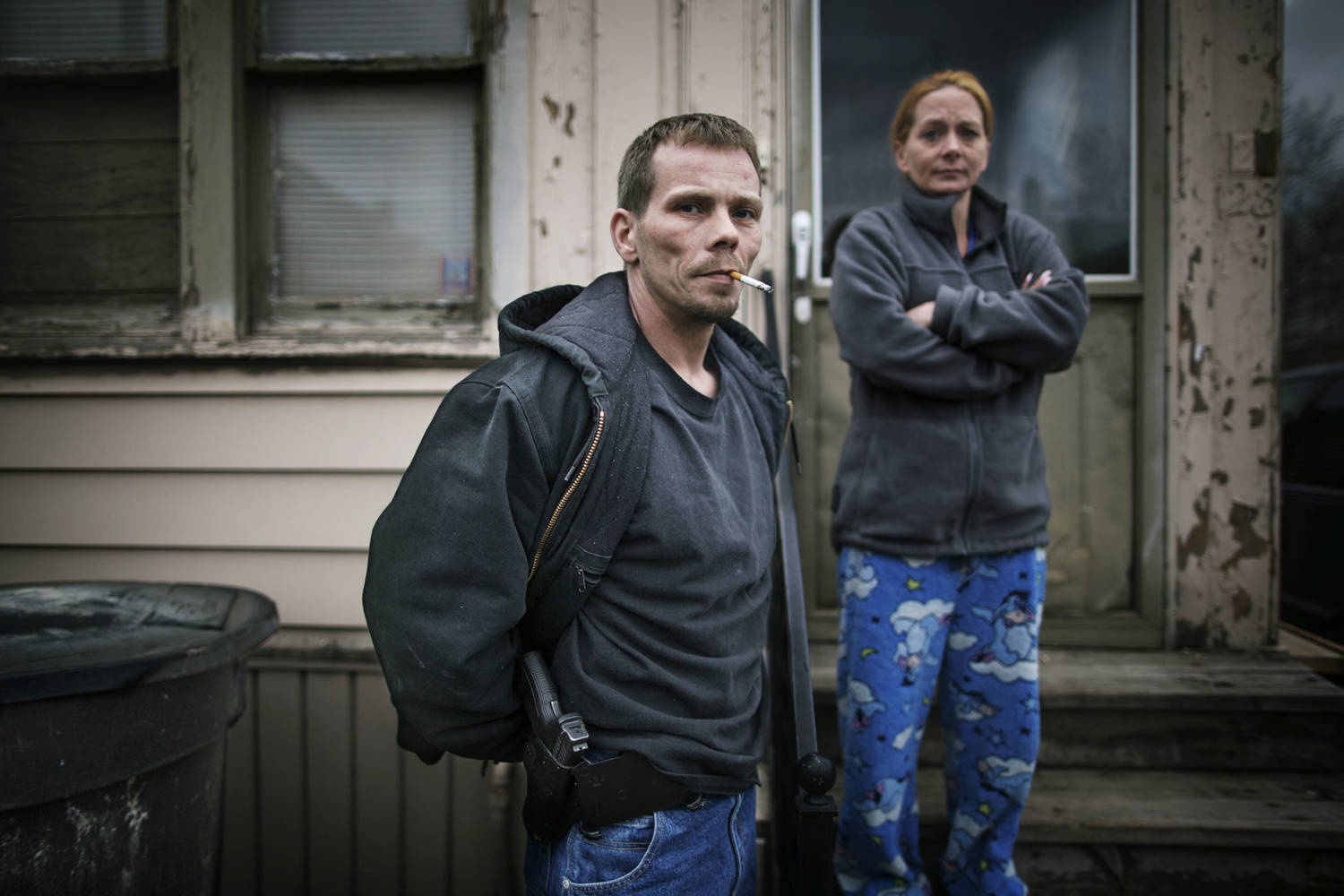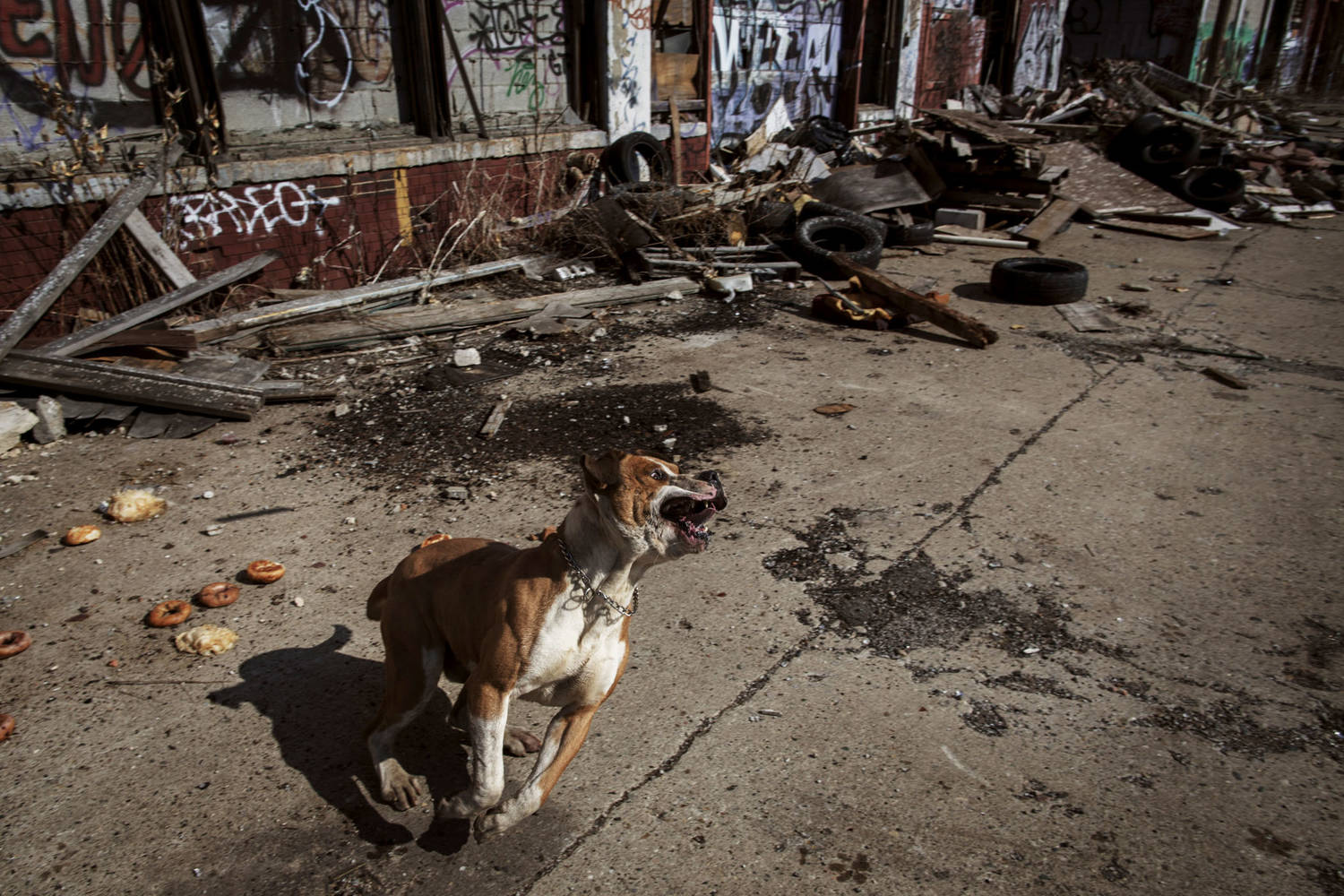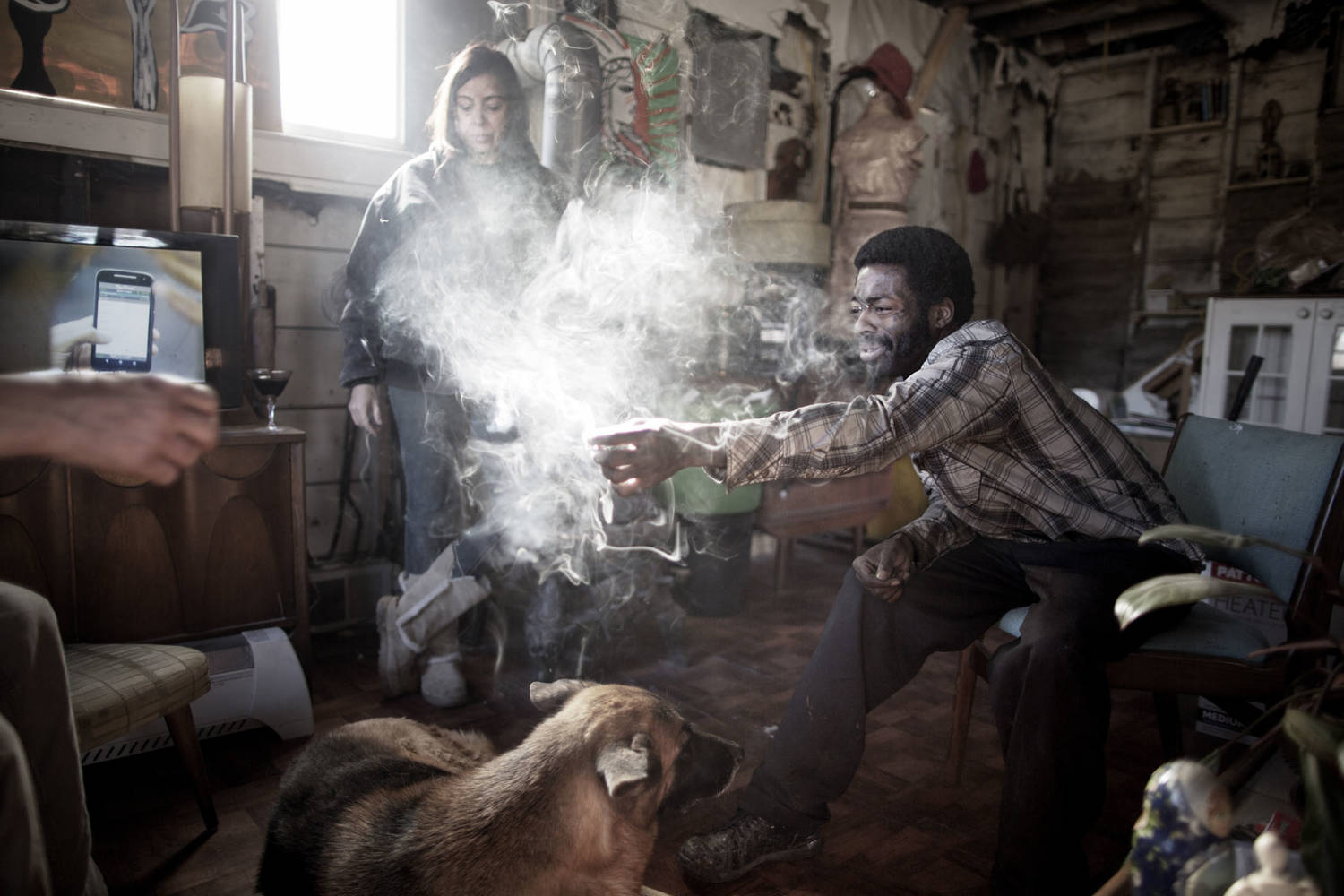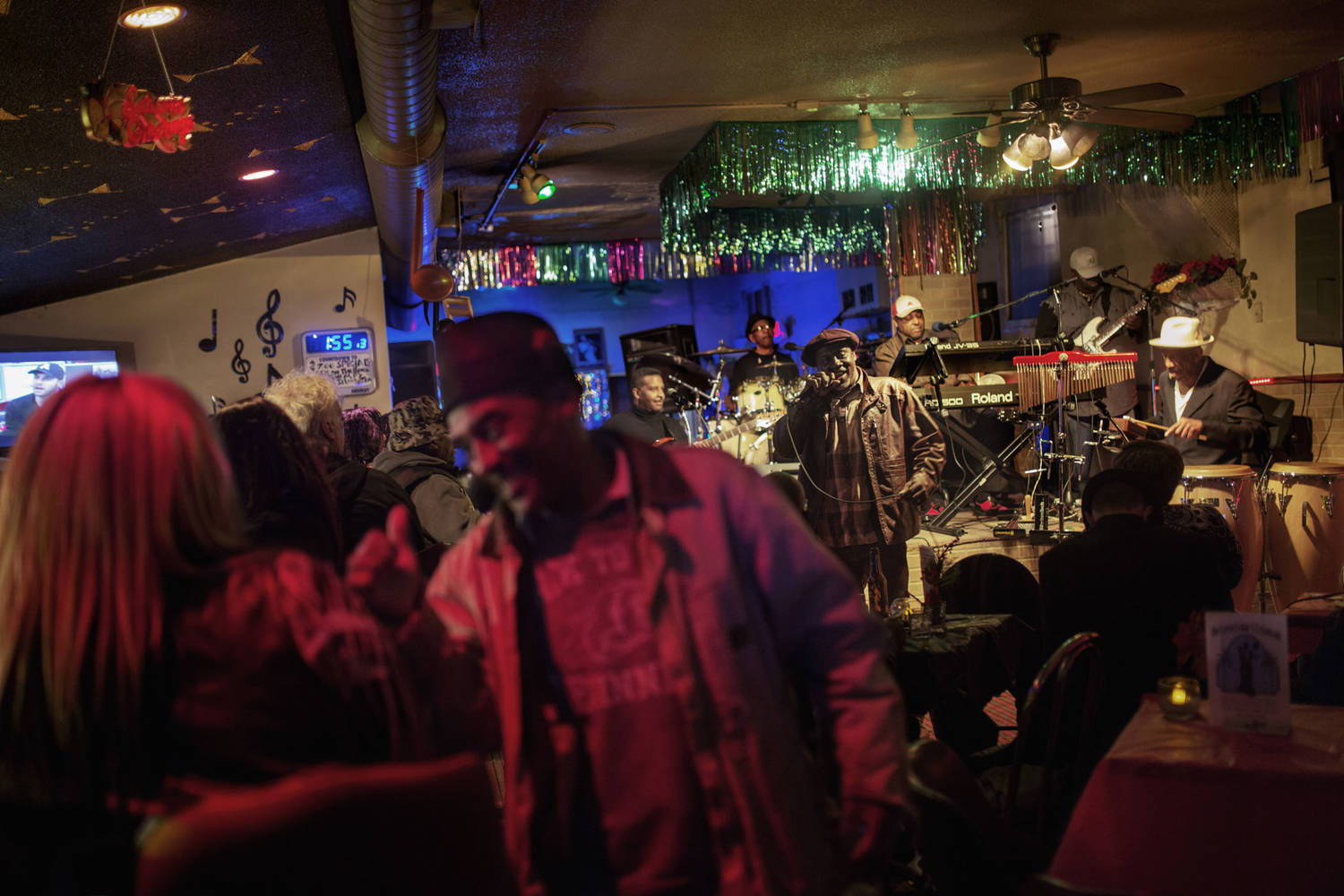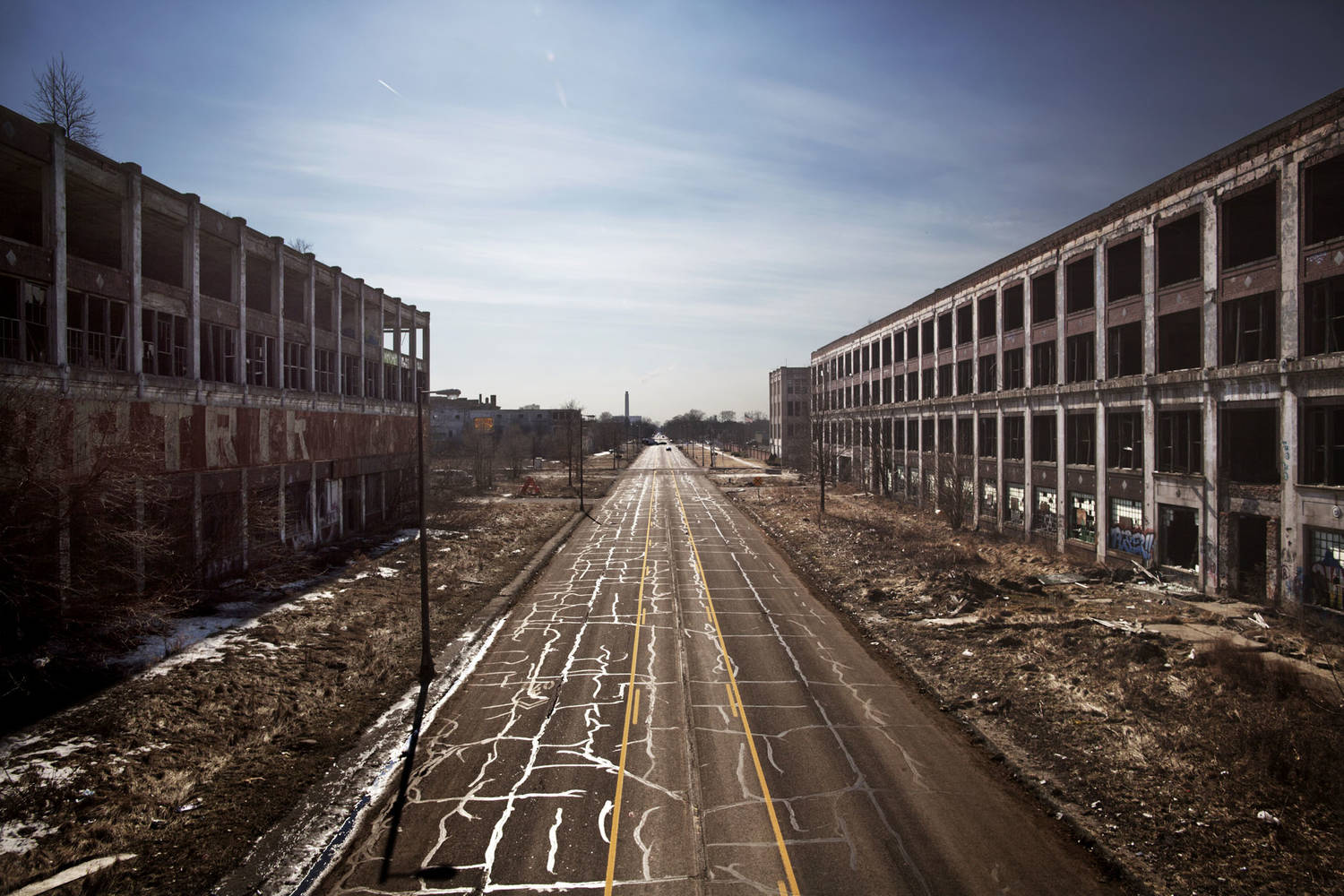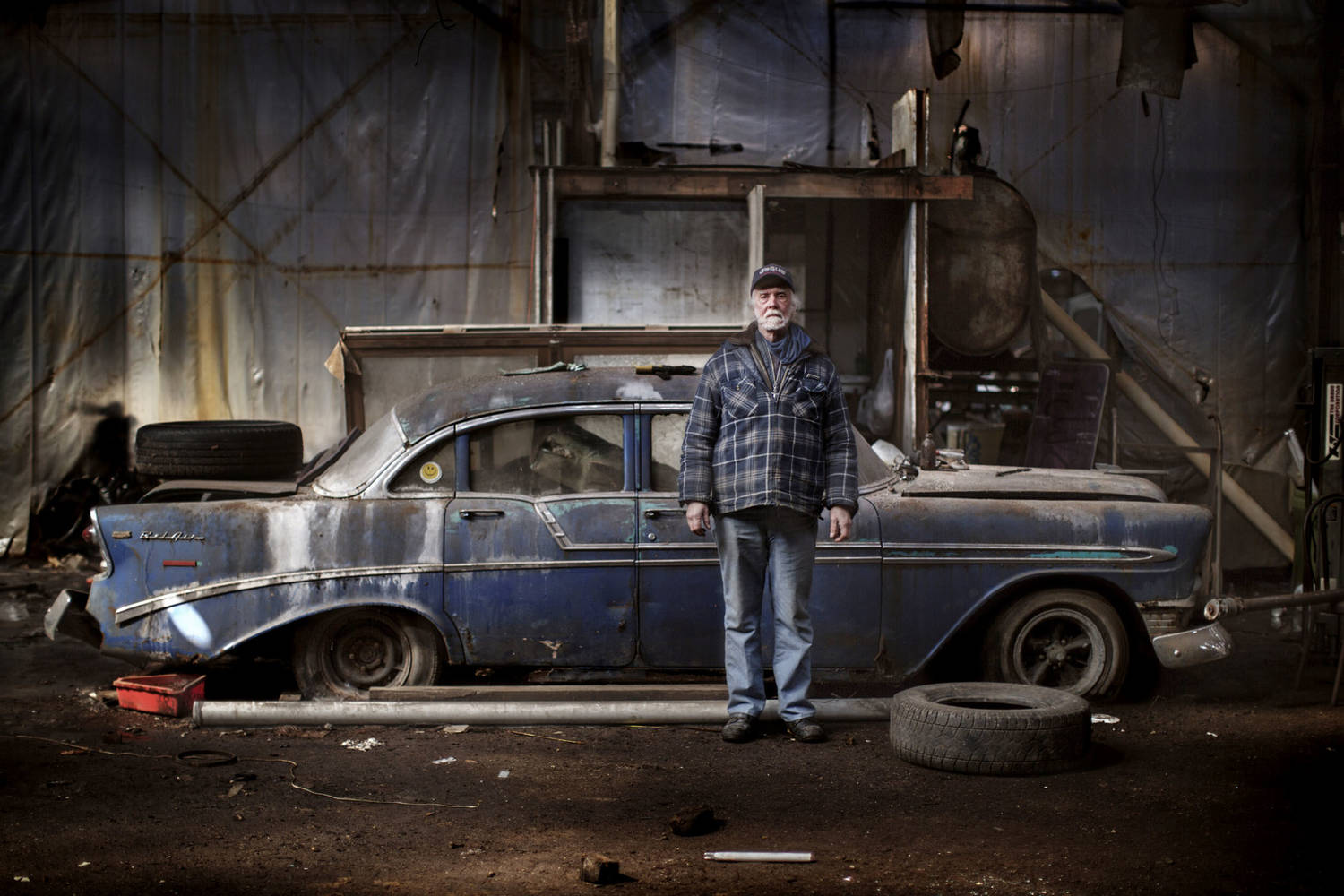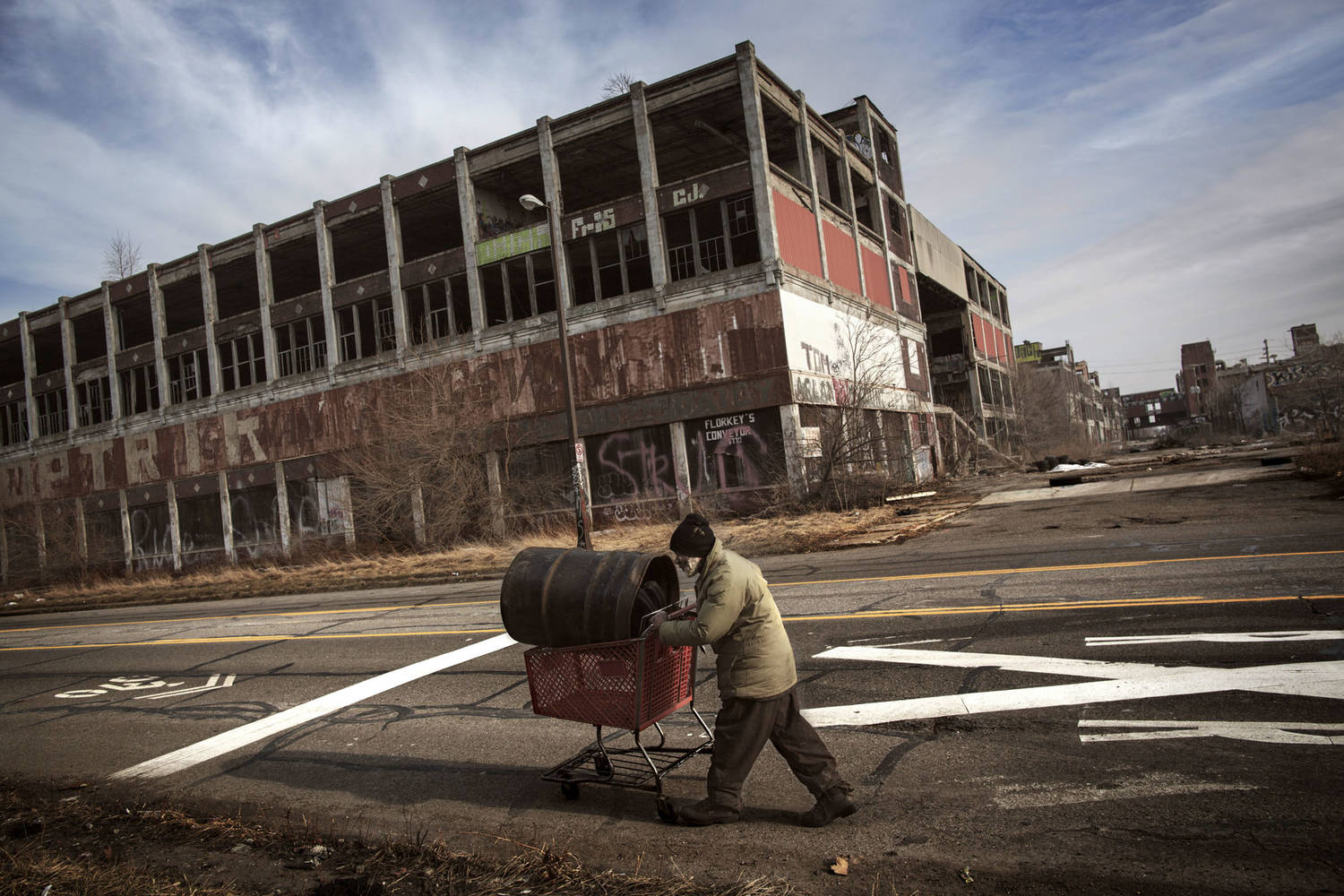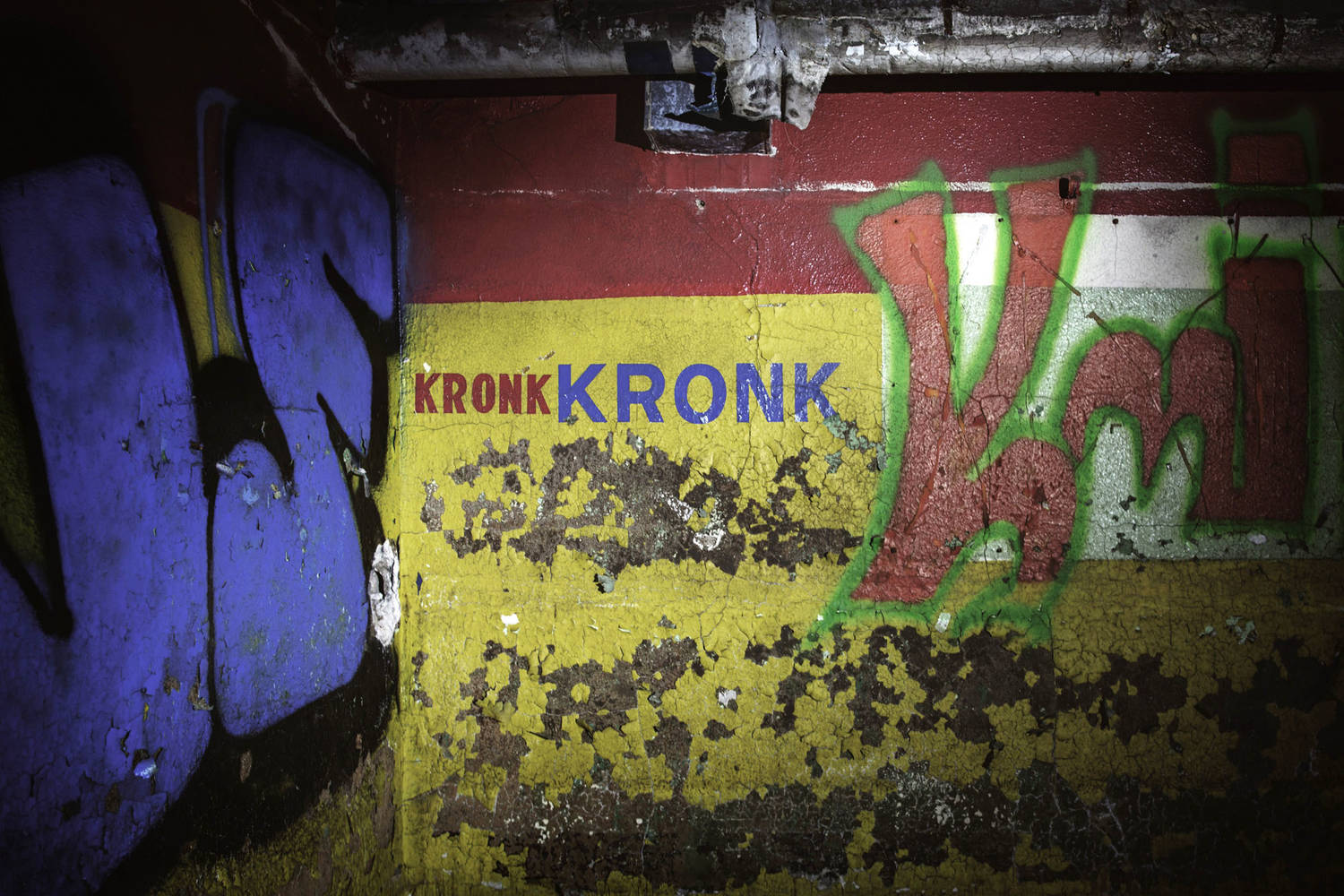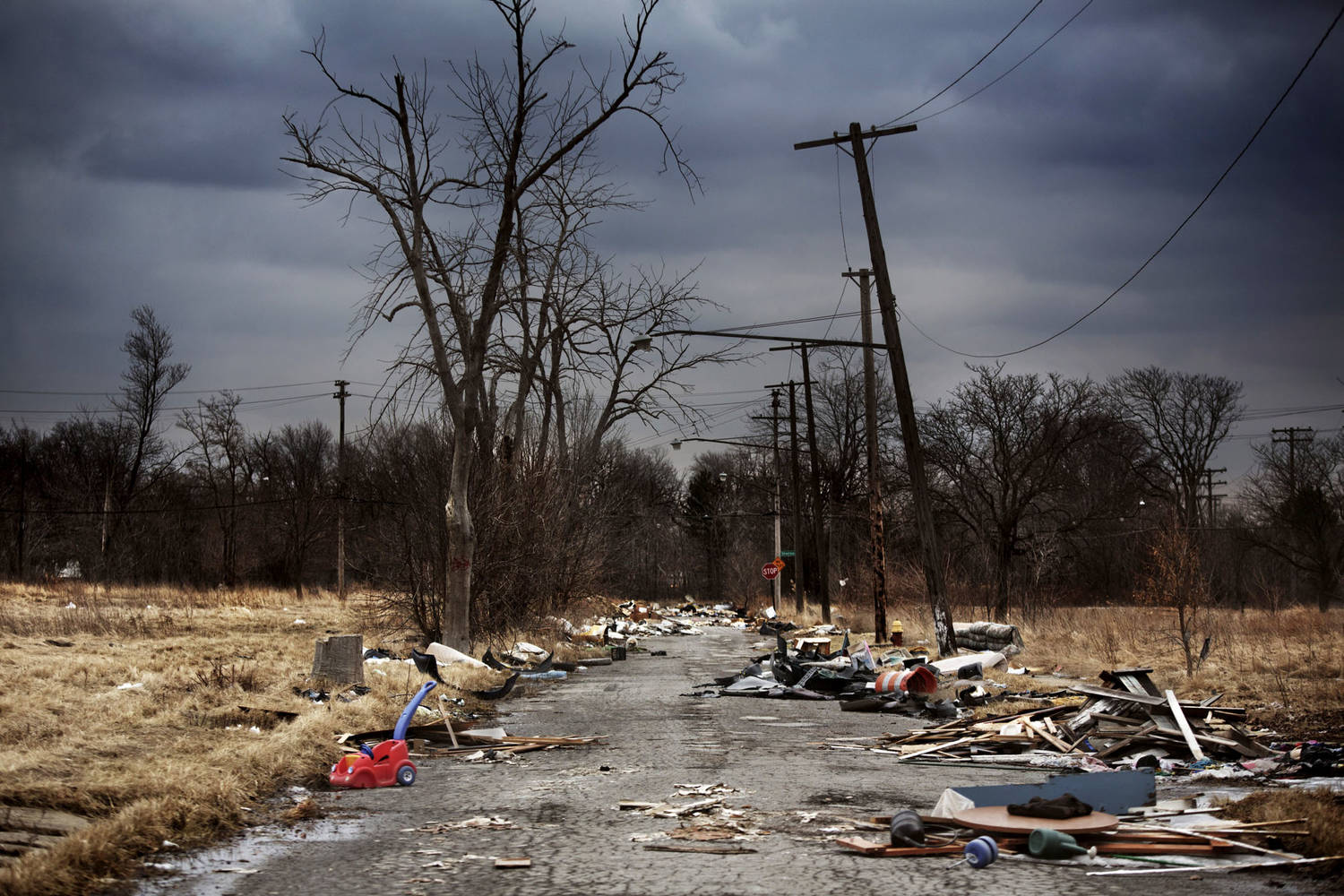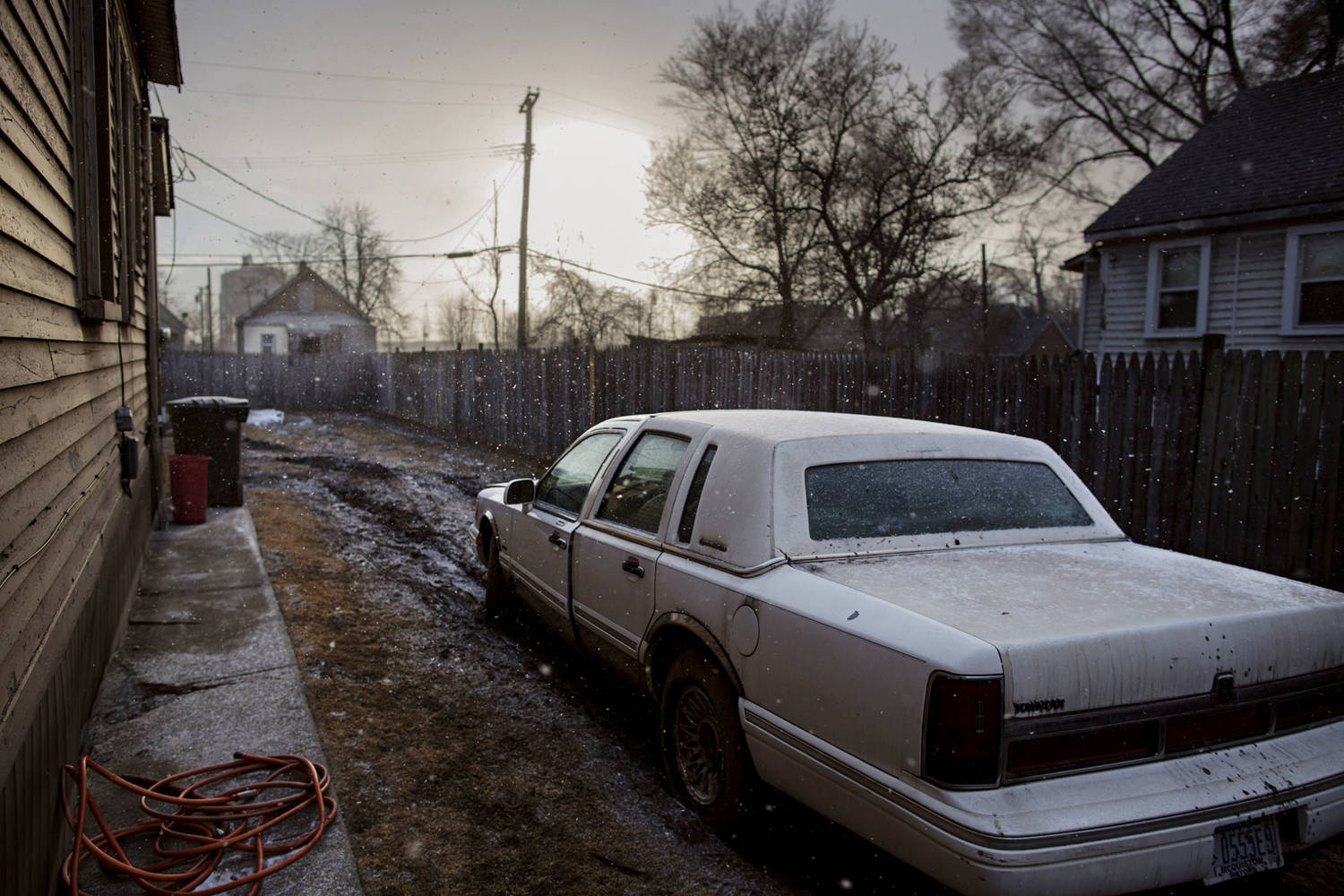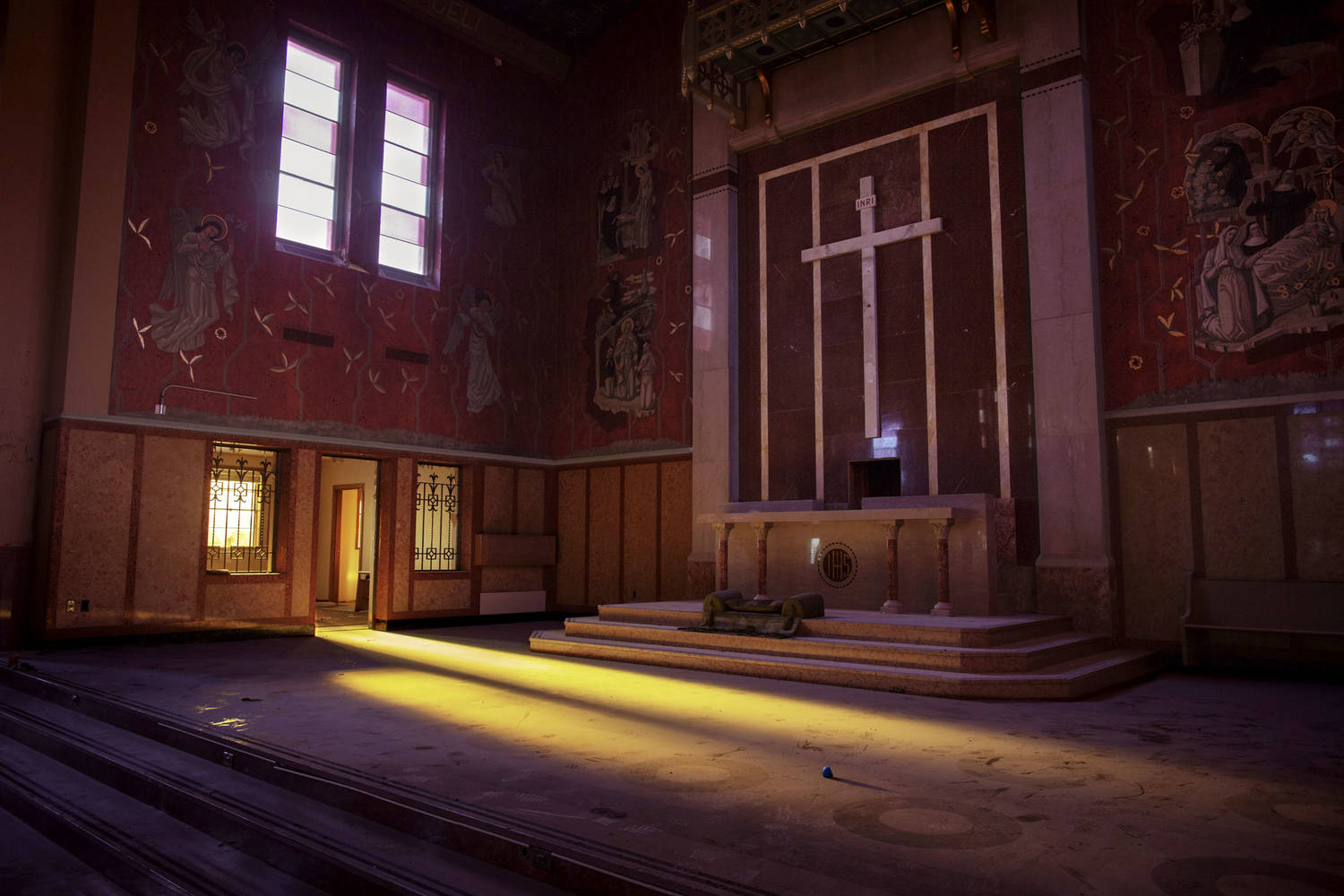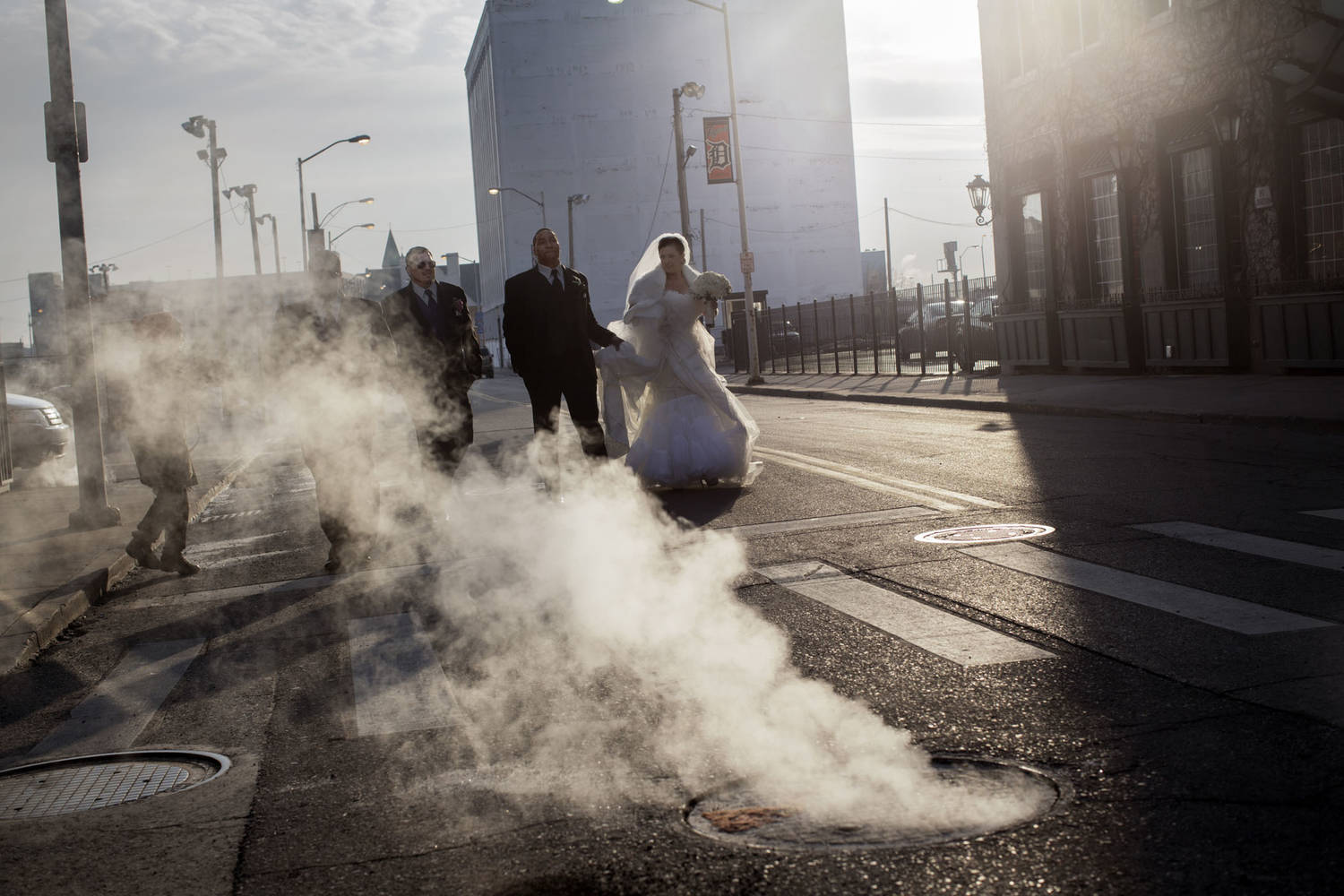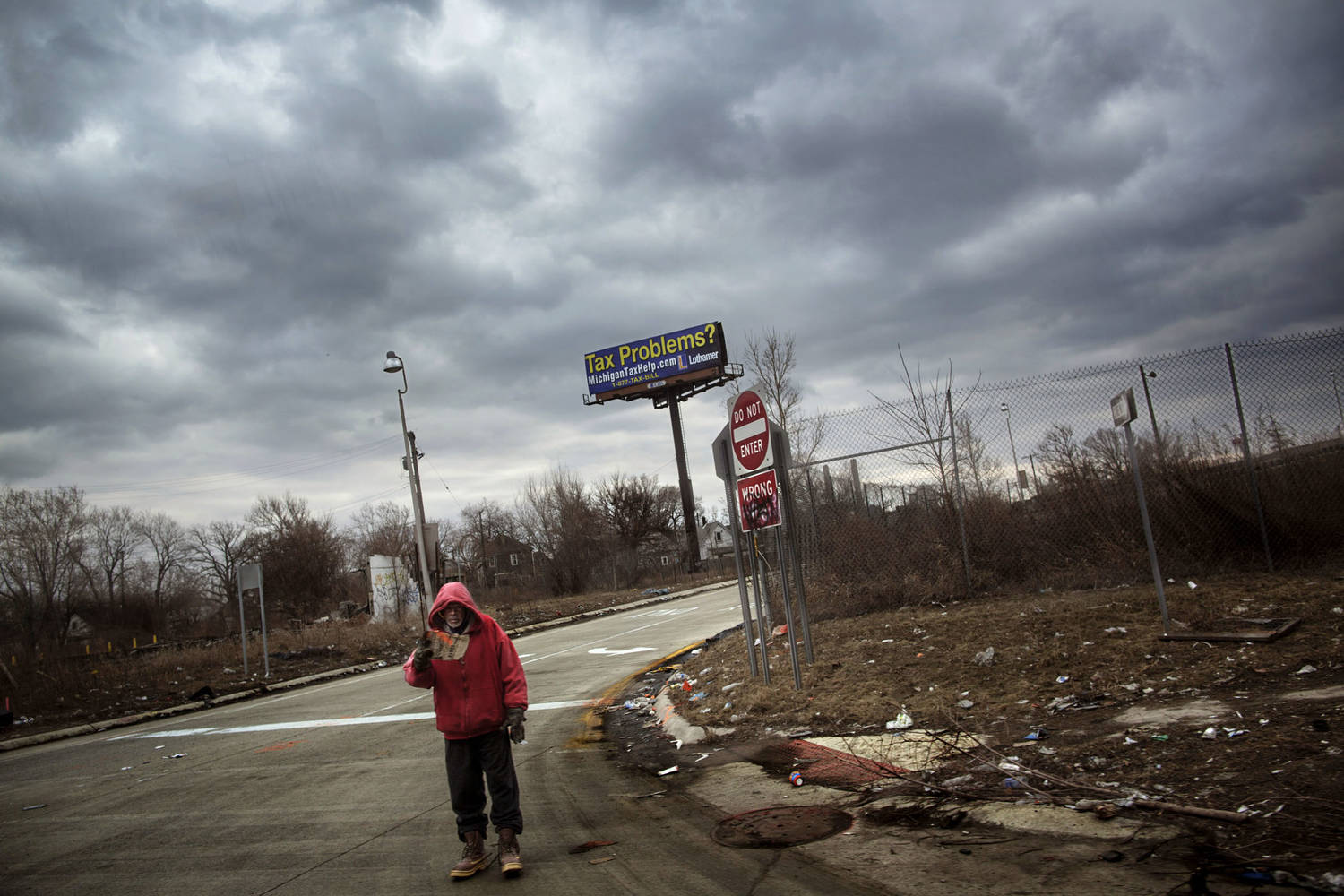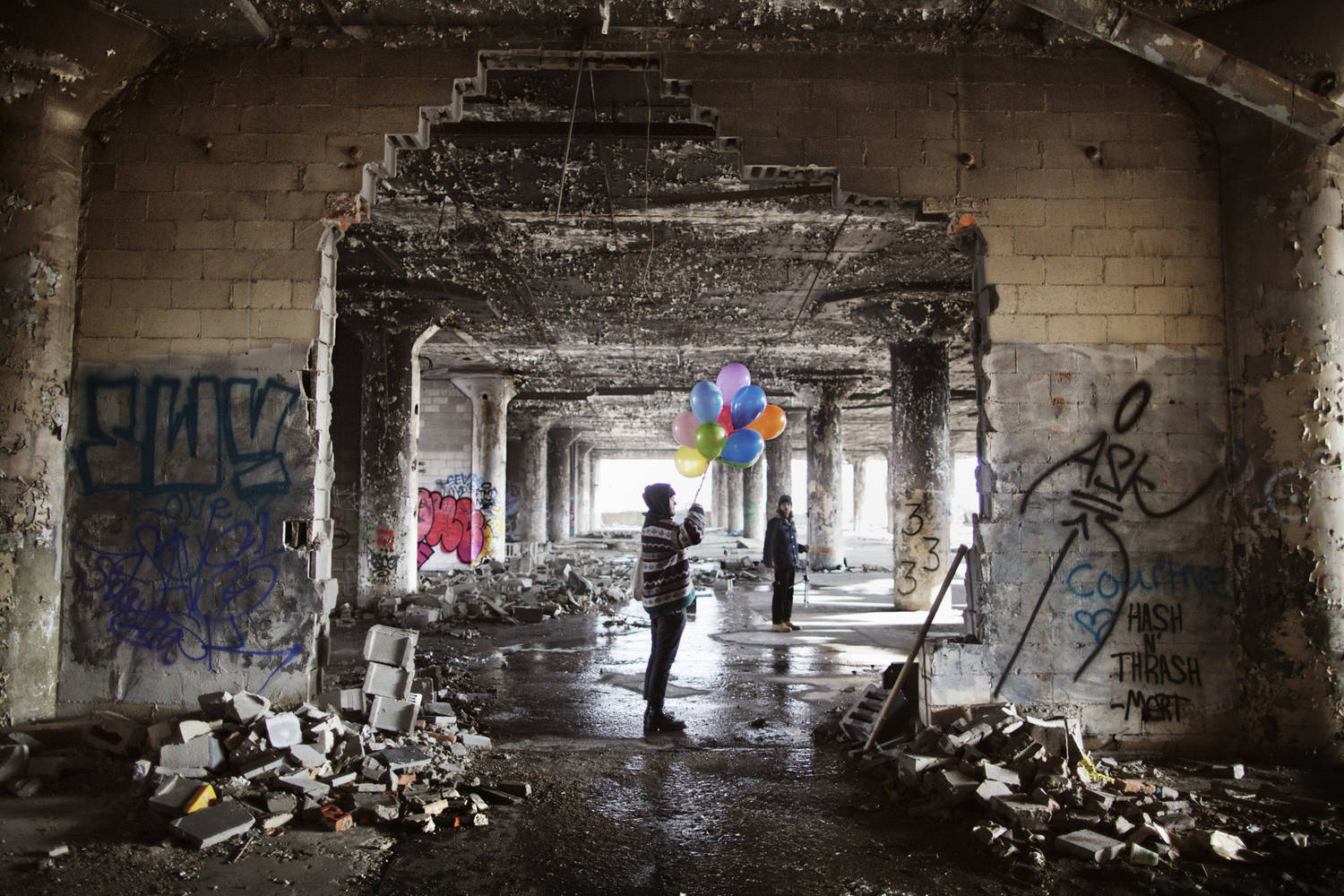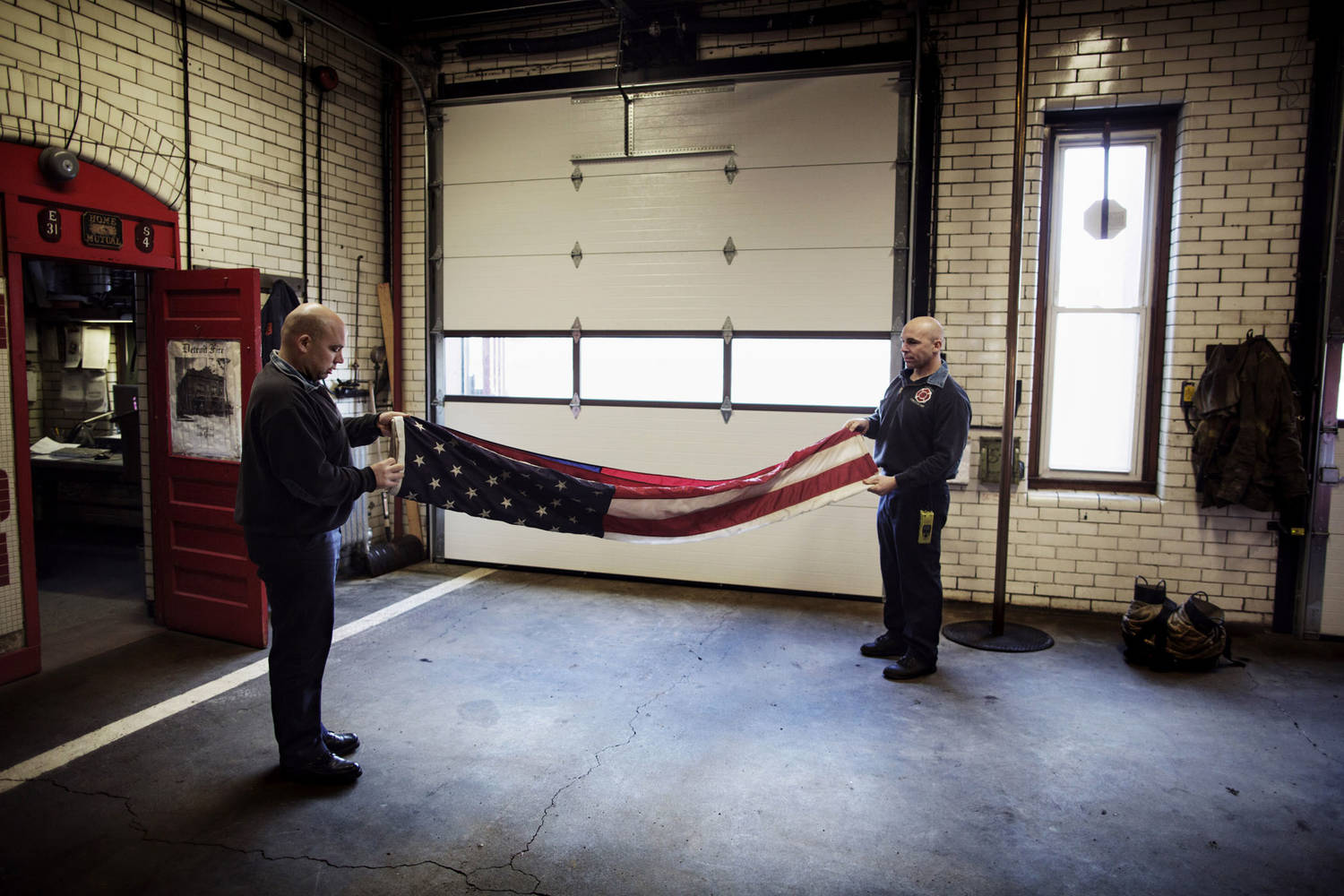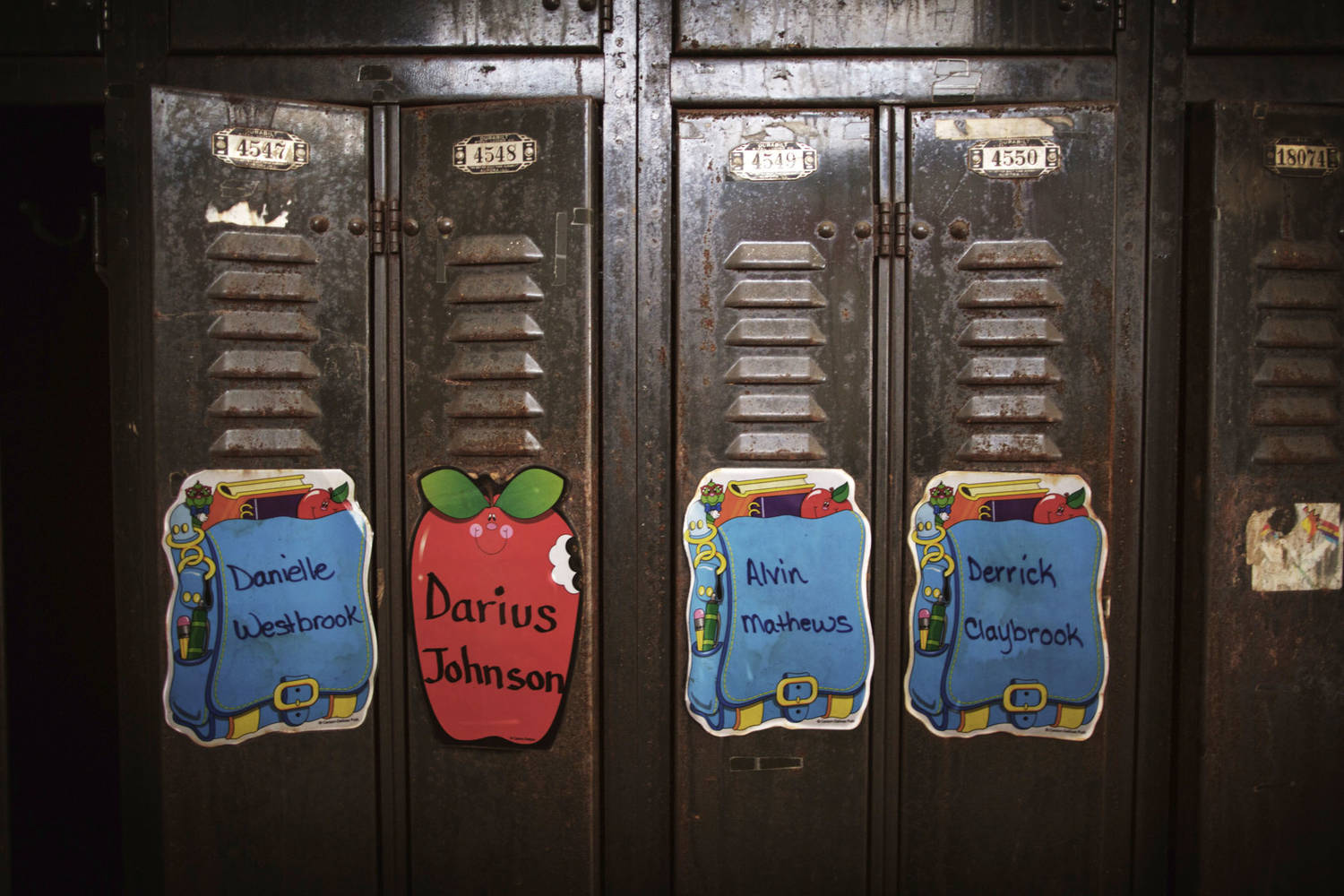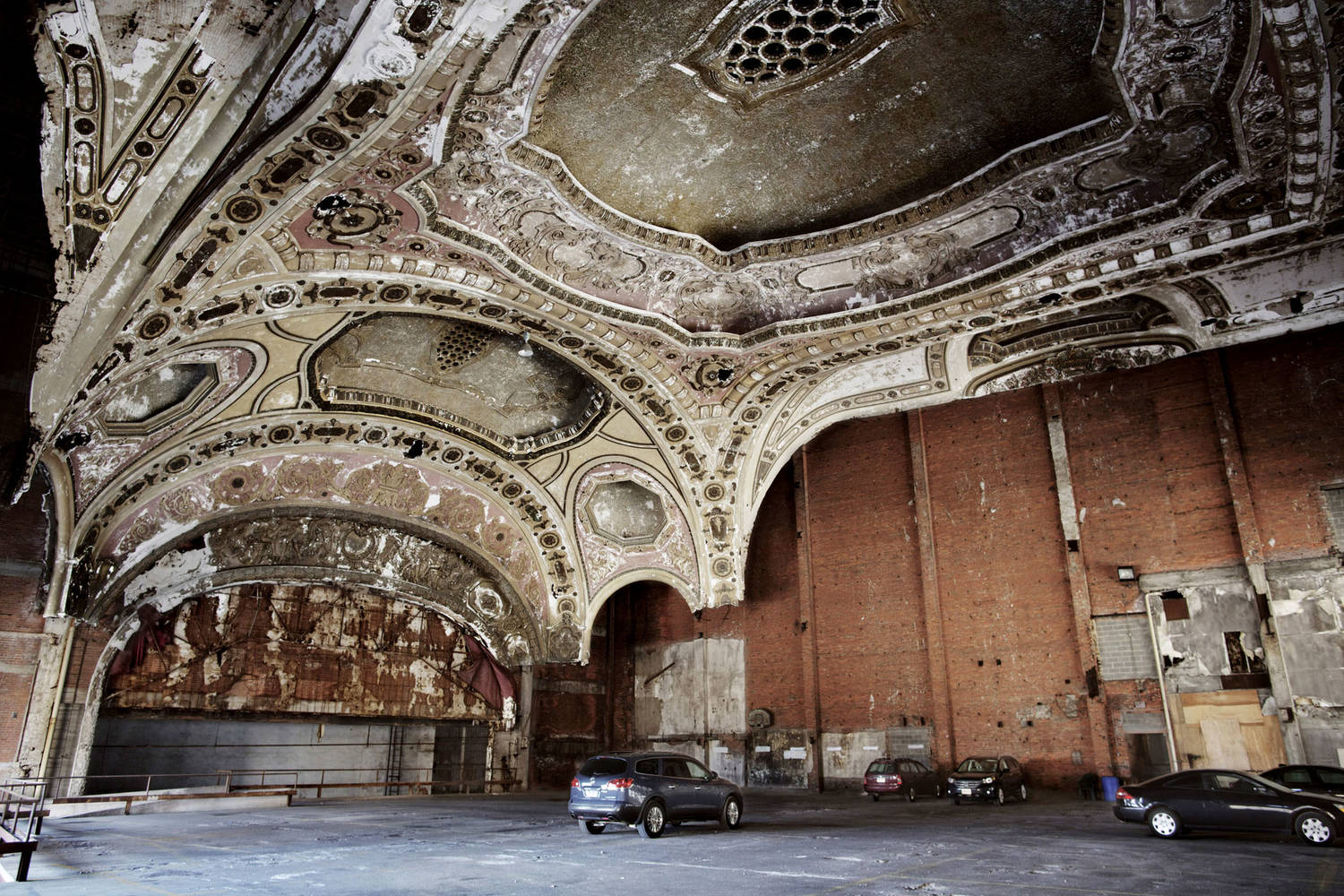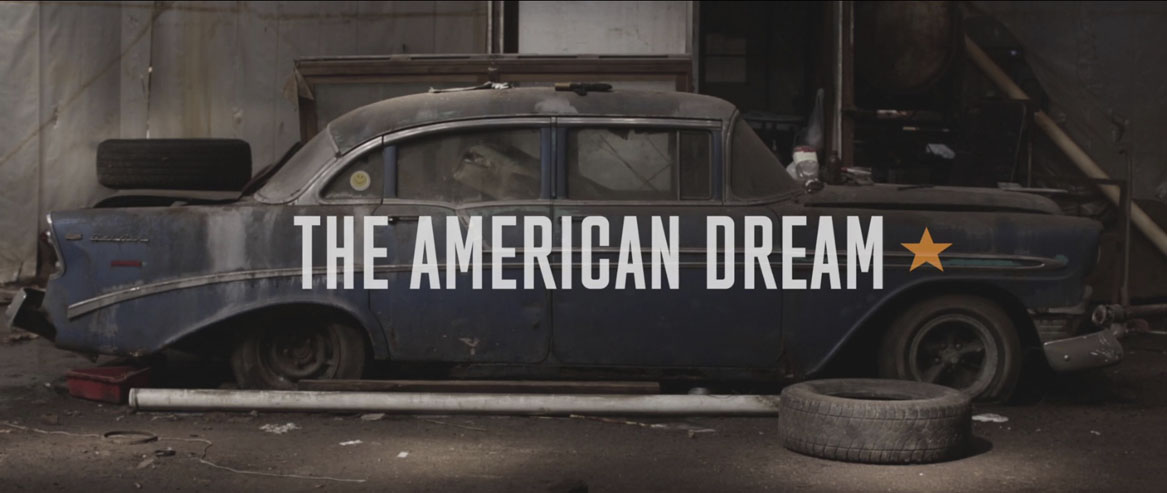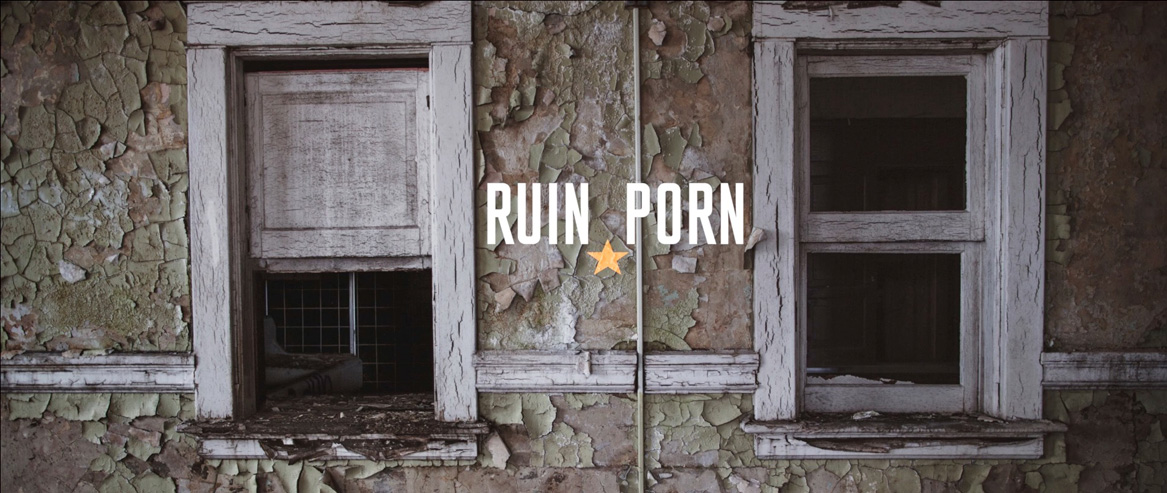Detroit | Motown Blues
Detroit was the birthplace of America’s Middle Class. With the advent of the motor car the city grew rich, workers were well paid and were able to enjoy the fruits of their labour in the bustling city that attracted migrants from across the US and further afield. Detroit became known as the “Paris of North America”, the 4th largest city in the country and the unrivalled world capital of the automobile.
Henry Ford set the process in motion with the foundation of the Ford Motor Company in 1903 in Dearborn, a suburb of Detroit. Others, such as Dodge, Packard and Chrysler followed, bringing jobs to hundreds of thousands and growth to large swathes of the rust belt. Between 1941 and 1943 alone, Detroit drew in 400,000 people and peaked at a population of 1.8 million in the early 1950s.
“Detroit was the place to be. You could get a job within an hour. There were people everywhere; shops, theatres, cars, restaurants. Now everything’s gone” says 70 year old Allan Hill who lives in the ruins of the former Packard Motor Company factory, one of the biggest disused buildings in the world.
By the late 1950s and early 1960s, car manufactures in Detroit started to automate certain processes, replacing tens of thousands of workers with machines and causing widespread unemployment. Industrial disputes involving powerful labour unions and an increase in tensions between black and white workers in a number of factories further eroded the industry’s viability. Some car manufacturers decamped from the city and extensive highway and freeway construction projects led to increased suburbanisation with largely white, middle class people moving to the city fringes, leaving poorer, often black people in the centre.
Between 1948 and 1967, the car industry in Detroit contracted by 130,000 jobs and the oil crisis of the 1970s, coupled with increased competition from Japanese and European manufacturers further hit profits, leading to more job losses. With cheaper labour overseas, US car makers also moved parts of their production to other countries, leaving empty factories and deserted districts, some of which stand empty to this day.
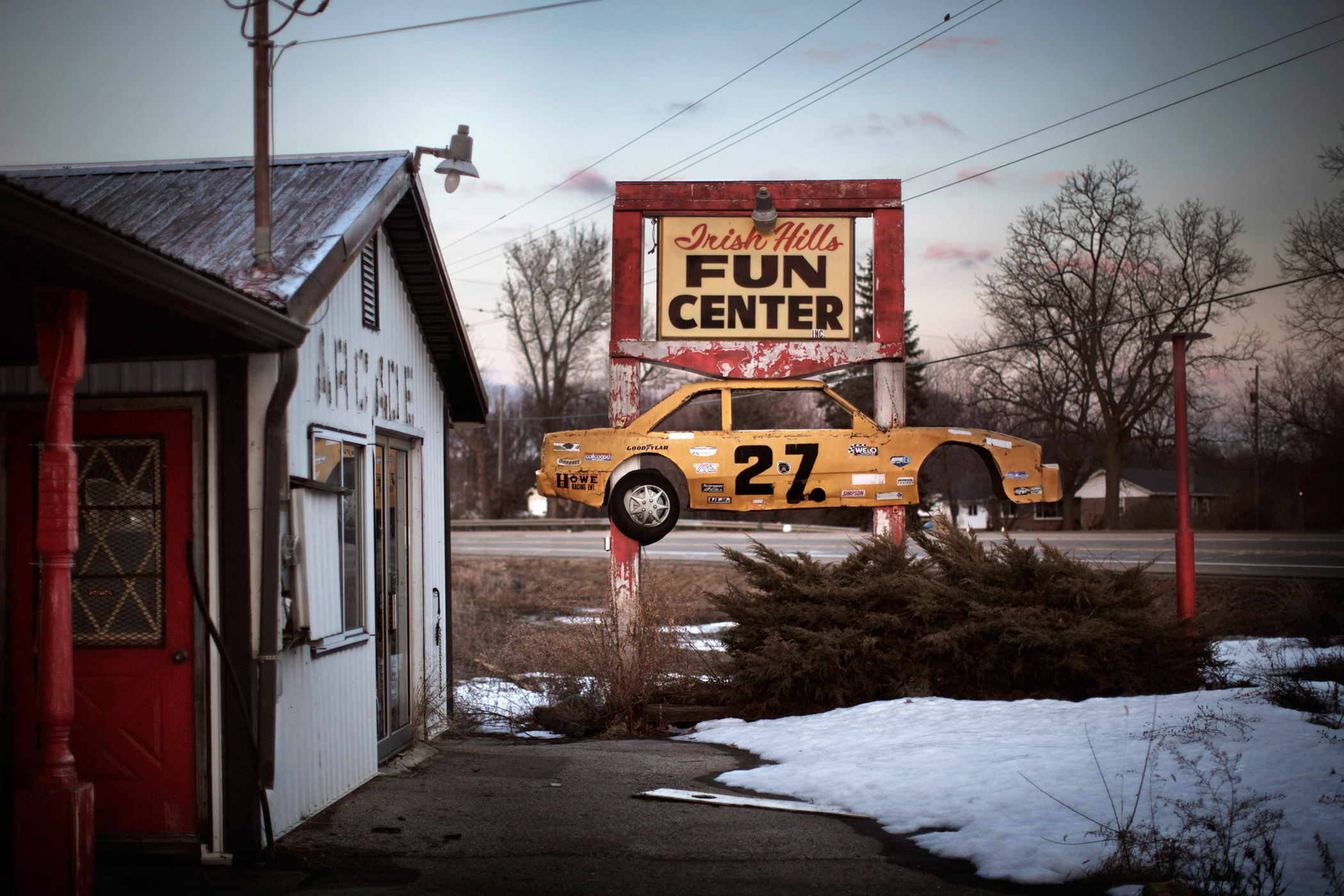
At present there are around 50,000 uninhabited, disused houses and buildings in Detroit, including the famous Michigan Central Station, once the tallest railway station in the world, which has been shuttered since Amtrak services ceased in 1988. From its peak of 1.8 million, the city population has now shrunk to 700,000, many without jobs. Poverty and social exclusion have led to a huge increase in violent crime and in 2015, Detroit was second only to St Louis on America’s index of most murderous cities.
Despite efforts to deal with Detroit’s depopulation by encouraging people to leave the emptiest neighbourhoods the inner city remains a patchwork of high-rise blocks in the central business district and endless grids of abandoned streets spreading out to the suburbs. The city’s tax take has plummeted with widespread poverty with almost half of all properties failing to settle their tax bill in 2011.
A number of corruption scandals which saw former mayor Kwame Kilpatrick sentenced to 28 years in prison for mail fraud, wire fraud and racketeering and numerous other city officials charged with corruption brought the city administration to the edge of collapse. It filed for bankruptcy in July 2013, leaving $ 18.5 billion in debt.
Yet Detroiters are a tenacious bunch and many are not prepared to give up on their home. While the older generation of disillusioned city dwellers is being courted by both the Republican and Democrats fringes and makes fertile ground for Donald Trump’s noisy populism, younger are occupying or buying derelict buildings, doing up abandoned homes and creating urban gardens and artists’ colonies which are able to thrive in the abandoned urban spaces.
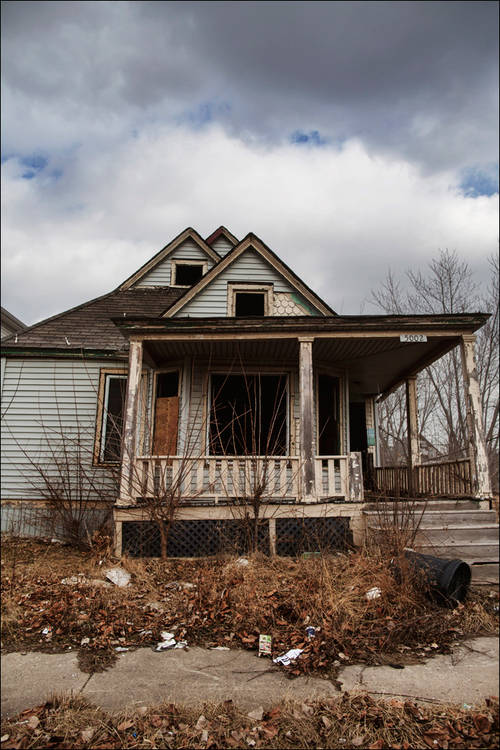
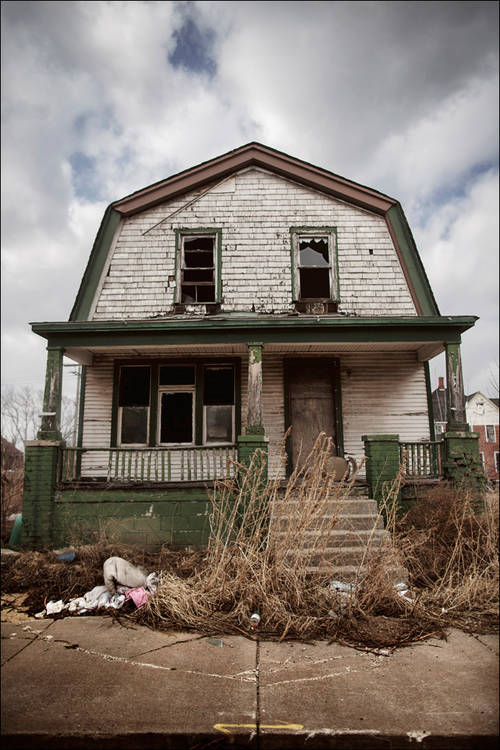
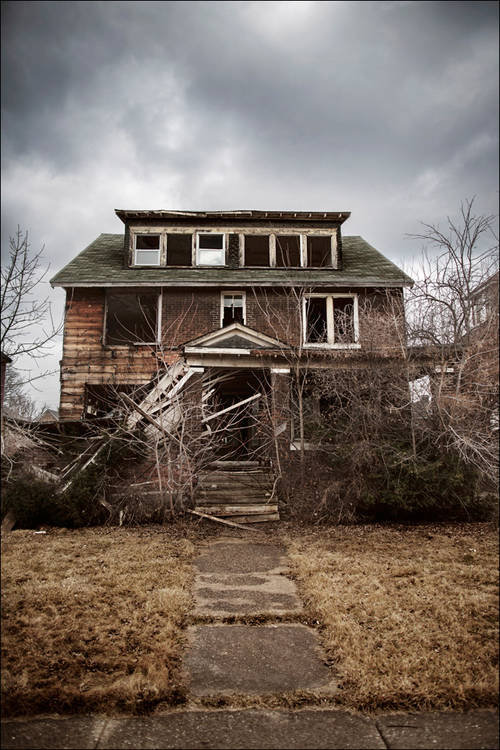
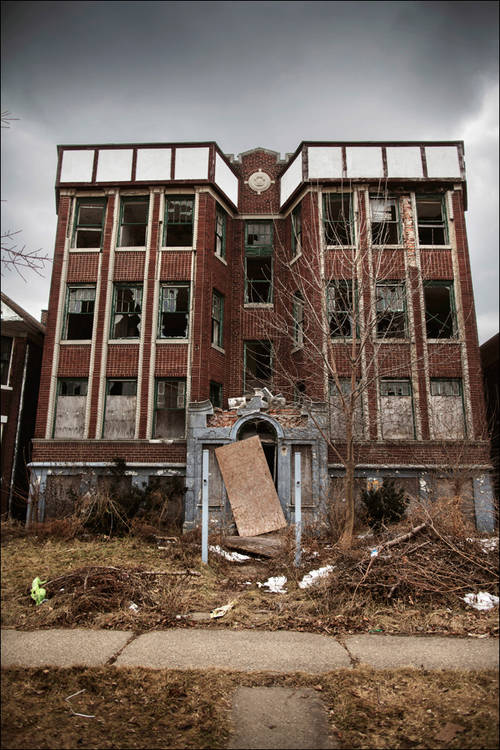
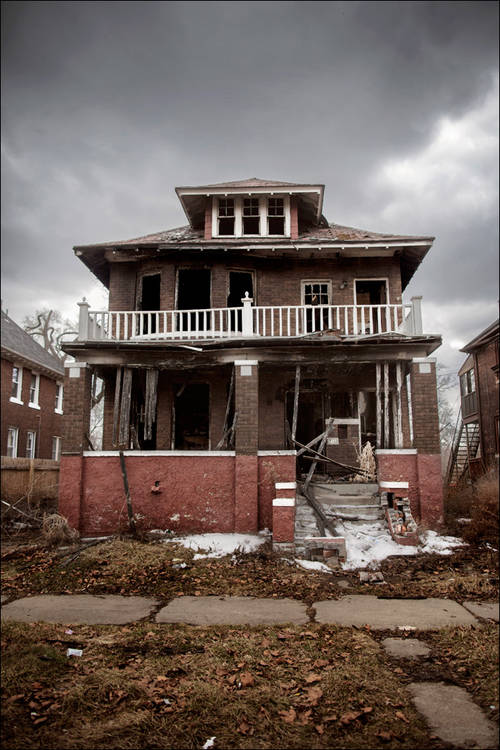
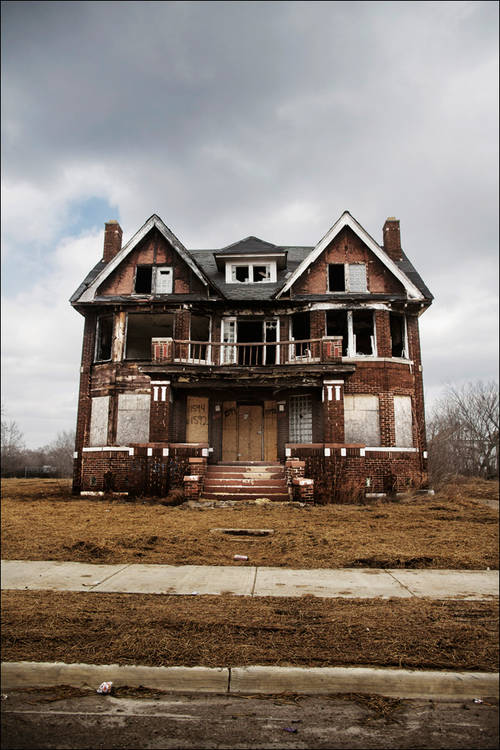
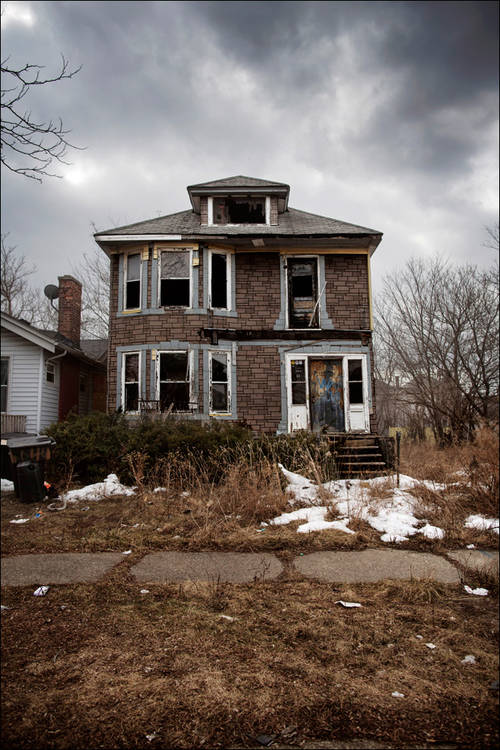
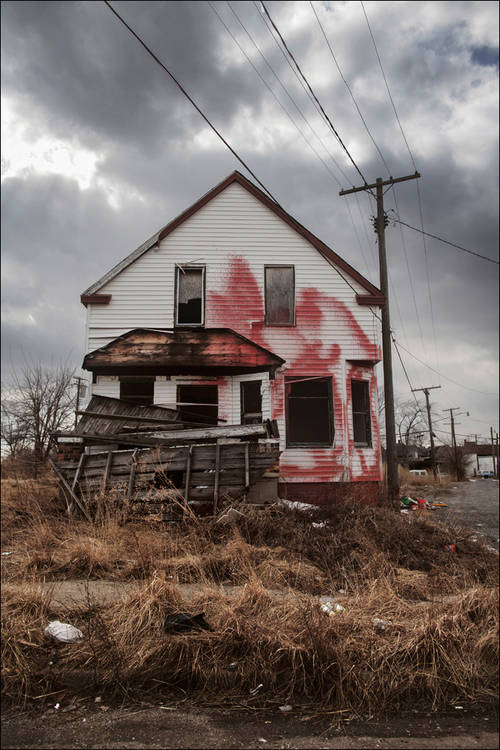
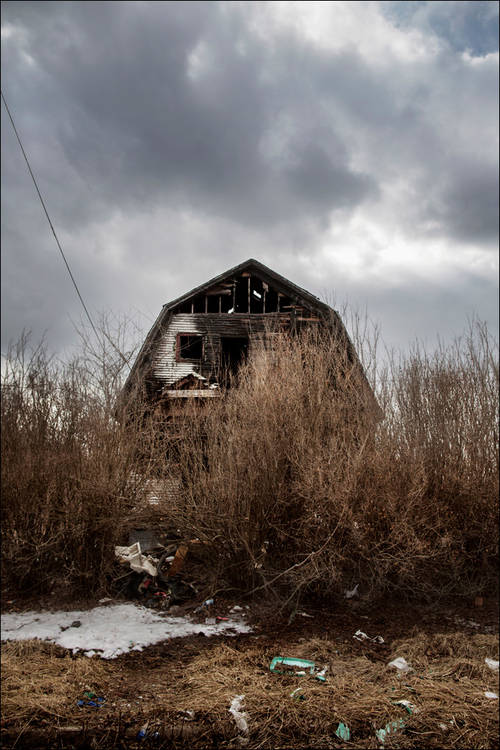
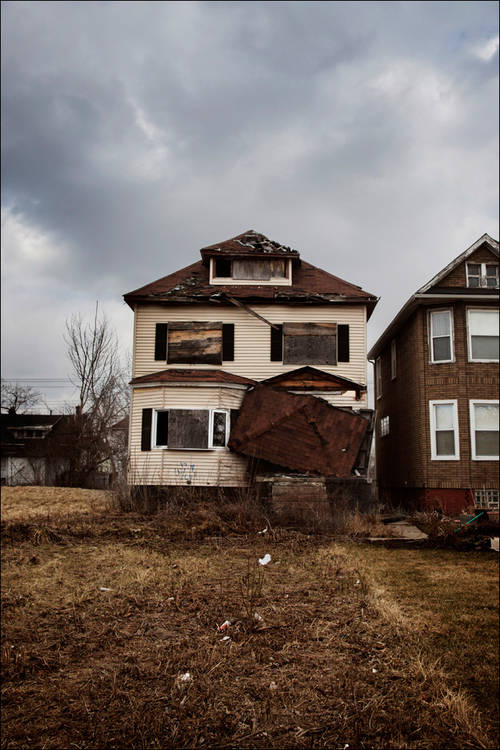
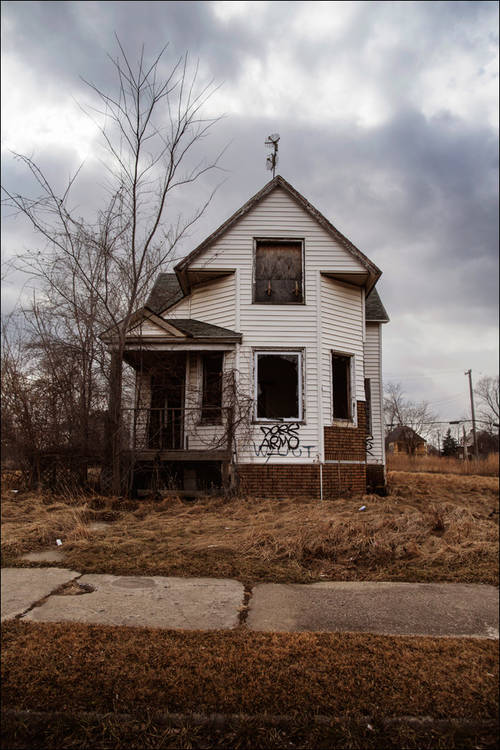
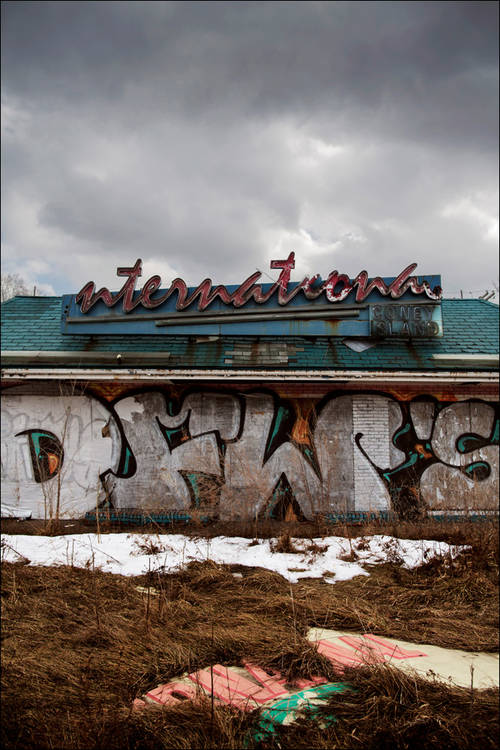
The American Dream
Allan Hills lives in the ruins of Detroit, once the ‘The Motor City of the World’.
His home is inside the abandoned automobile plant where the world famous luxury car, the Packard, was once made.
At its peak, the Packard Automotive Plant was the biggest factory in the world with over 325,000 square metres of floorspace. It was opened in 1903 and was the embodiment of the “American Dream” for tens of thousands of workers who came from all over the country to work here.
Bike Town
The name Henry Ford was once synonymous with Detroit’s pivotal position in the world of motor engineering. The Ford Motor Company, still headquartered there, remains one of the most recognisable brands in the world.
Another Henry Ford, also operating out of Detroit, has more recently set out on a much more modest venture – to build bicycles and “to encourage cycling by making an accessible, enjoyable bicycle while continuing Detroit’s legacy of quality manufacturing and design.”
Ruin Porn
Jesse Walter runs Motor City Photography Workshops, guided tours for aspiring photographers around Detroit exploring the city’s abandoned buildings.
“There is beauty within the ruins, you’ve just got to look for it.”

